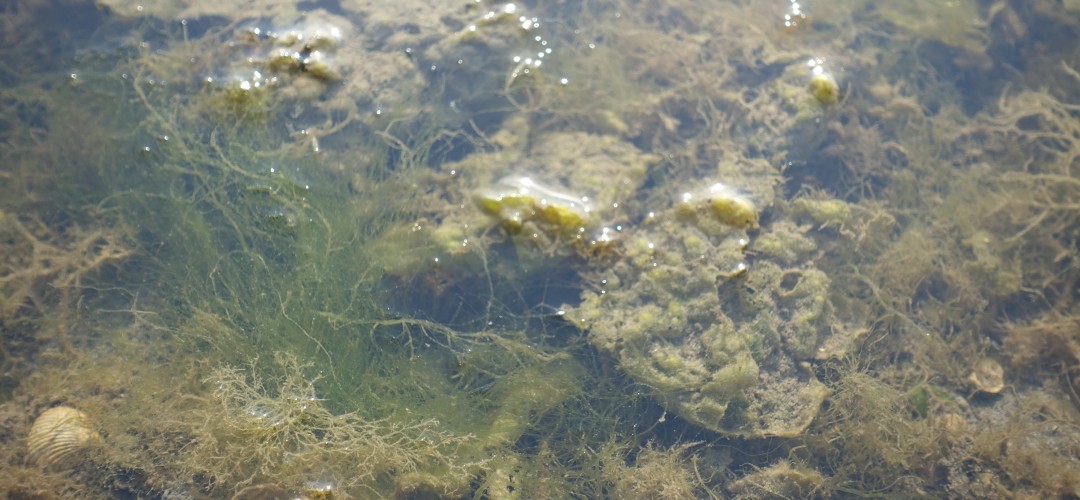Carbon Capture and Storage and Other Issues related to Ecological Performance
Carbon Capture and Storage

The salt marshes of the Venice Lagoon (in italian barene)- lagoon areas between -10 and +50 cm relative to mean sea level, therefore periodically submerged by high tides - offer fundamental contributions to the survival of the Lagoon ecosystem and the communities that reside there. Indeed, they naturally sequester considerable amounts of CO₂, regulate water quality, serve as a "home" for numerous animal and insect species - keeping local fish productivity alive, mitigate the force of wind and waves and thus tidal currents - thus protecting the coast and islands from erosion. Each of these actions contributes significantly to mitigating some of the anthropogenic processes that threaten the life of the city of Venice itself, including climate change. In this context, it is critical to recognise that their conformation allows them to store organic carbon from CO₂ sequestration underground for thousands of years, unless they are damaged.
In its first phase, the Offset project by Vital is assessing the potential for CO₂ uptake by the sandbar system, which, under optimal conditions, can absorb substantial amounts of CO₂.
The illustration shows the carbon storage prediction model developed by Camilla Bertolini, a marine biologist and researcher for Ca' Foscari University of Venice and the NGO We are here Venice. The model is structured on a series of parameters that can be calibrated as empirical data are collected in the field, so as to make increasingly accurate predictions regarding the organic carbon stored by salt marshes. The values that are taken into account relate first of all to the growth of the vegetation present on the saltmarsh, specifically two: the first is irradiance, namely the solar radiation that is essential for photosynthesis, while the second concerns the temperature variations to which the environment is exposed. It is also necessary to keep in mind the carbon storage dynamics internal to the saltmarsh itself.
These concern the decomposition processes of the native vegetation, the efficiency of underground storage of organic carbon as well as the accumulation of external materials such as algae and sediment, their quality (e.g., whether organic or mineral majority), and erosional processes.
Model results will be used in the future to guide restoration activities. The Offset project sits at the intersection of climate change mitigation and lagoon ecosystem regeneration.
◾